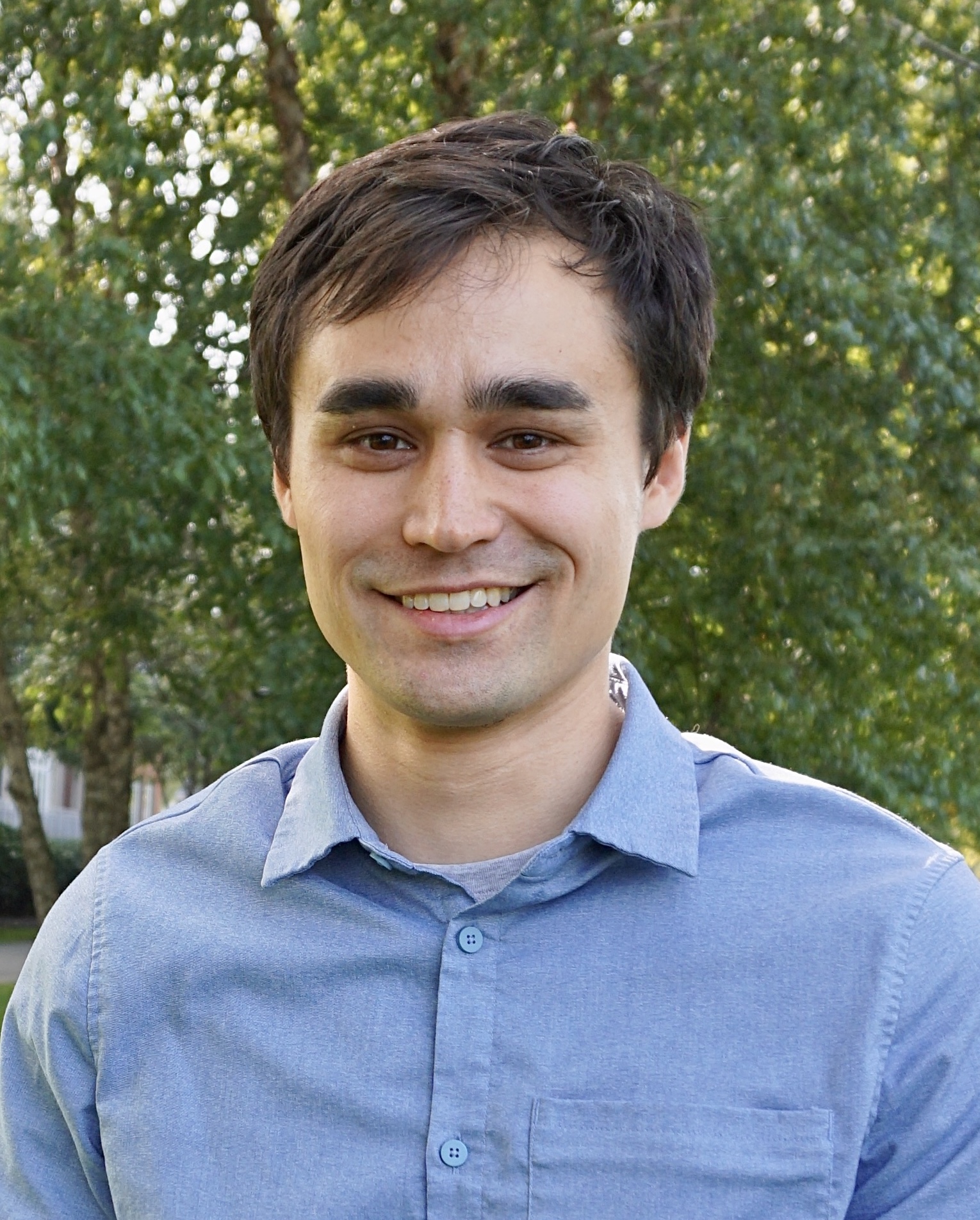Events on Thursday, May 1st, 2025
- R. G. Herb Condensed Matter Seminar
- Superconductivity with Anyons
- Time: 10:00 am - 6:00 pm
- Place: 5310 Chamberlin
- Speaker: Hart Goldman, UMN
- Abstract: I will discuss the phenomenology of superconductors hosting both order parameter vortices and fractionally charged anyon excitations. I will demonstrate that in such systems superconductivity and topological order are intertwined under applied magnetic fields, leading to surprising observable consequences departing from traditional superconductivity from electronic pairing. In particular, I will show that vortices nucleated by perpendicular magnetic fields must trap anyons in their cores. However, because only some vortices can trap an integer number of anyons, this places a constraint on the vortex phase winding. In general, rather than the expected hc/2e quantization of superconducting vortices, we find instead the enhanced flux quantum of hc/e, which I will argue should affect a wide range of observables. I will further develop a general Landau-Ginzburg theory describing vortex fluctuations and discuss the phase diagram as perpendicular magnetic field is increased, showing that condensation of the intertwined vortices leads to exotic insulating phases hosting neutral anyons and a nonvanishing thermal Hall effect.
- Host: Elio König
- NPAC (Nuclear/Particle/Astro/Cosmo) Forum
- Unlocking High Redshift Hydrogen Cosmology with Machine Learning (Differentiable Bayesian Forward Models for Detecting Cosmic Dawn)
- Time: 2:30 pm - 3:30 pm
- Place: Chamberlin 5280 (Will end in time to get to the Astronomy/Physics Colloquium at 3:30.)
- Speaker: Nick Kern, MIT & University of Michigan

- Abstract: The frontier of modern astrophysics and cosmology lies at high redshifts, where new generations of experiments are tapping into uncharted astrophysical information to shed light on longstanding problems with LCDM and the birth of the first stars at Cosmic Dawn. In particular, over the next decade, radio telescopes using the 21 cm hyperfine transition of neutral hydrogen will yield unprecedentedly large-volume and statistically-powerful measurements of the high redshift universe. Although widely recognized as a transformative cosmological probe, these radio telescopes face intense foreground contamination and instrumental systematics that have to date precluded a direct measurement of the 21 cm cosmological signal. However, a new era of ML-accelerated analysis is enabling deeper foreground subtraction, faster parameter inference, and improved systematics mitigation that will be key to finally unlocking the potential of 21 cm science. In this talk, I will discuss how current limits of the 21 cm signal at Cosmic Dawn are already providing novel insights into the formation of the first stars and galaxies at z > 6. I will then discuss work on new differentiable Bayesian forward models that will bridge the field into a new era where 21 cm experiments can fully realize their promise as a cosmological probe. Along the way, I'll share insights into how we are addressing systematics-plagued analyses, (very) high-dimensional inference, and how GPUs make all of this work at scale.
- Host: Peter Timbie
- Astronomy Colloquium
- What JWST Reveals about the Hubble Tension
- Time: 3:30 pm - 4:30 pm
- Place: 4421 Sterling Hall
- Speaker: Adam Riess, Johns Hopkins University
- Abstract: The Hubble tension—the persistent discrepancy between local and early-Universe measurements of the Hubble constant—remains one of the most intriguing puzzles in cosmology. The James Webb Space Telescope (JWST) now offers a fresh perspective on this issue by allowing an independent look at the same type of stars, Cepheids, used in the Hubble Space Telescope (HST) measurements that help define our best local estimate of cosmic expansion. I’ll show how early JWST data, although still limited in size, serves as a powerful crosscheck of the HST-based distance ladder. When comparing results across multiple techniques and research groups, we find strong consistency with the HST measurements, lending confidence to their accuracy. These comparisons suggest that the observed tension is unlikely to stem from systematic errors in HST’s Cepheid distances. Though JWST’s smaller sample size limits its precision for now, it already provides valuable validation of the HST approach. As more data accumulates, JWST will play an increasingly important role in testing and refining our understanding of the expanding Universe—and perhaps help us get to the bottom of the Hubble tension.
- Host: Melinda-Soares Furtado